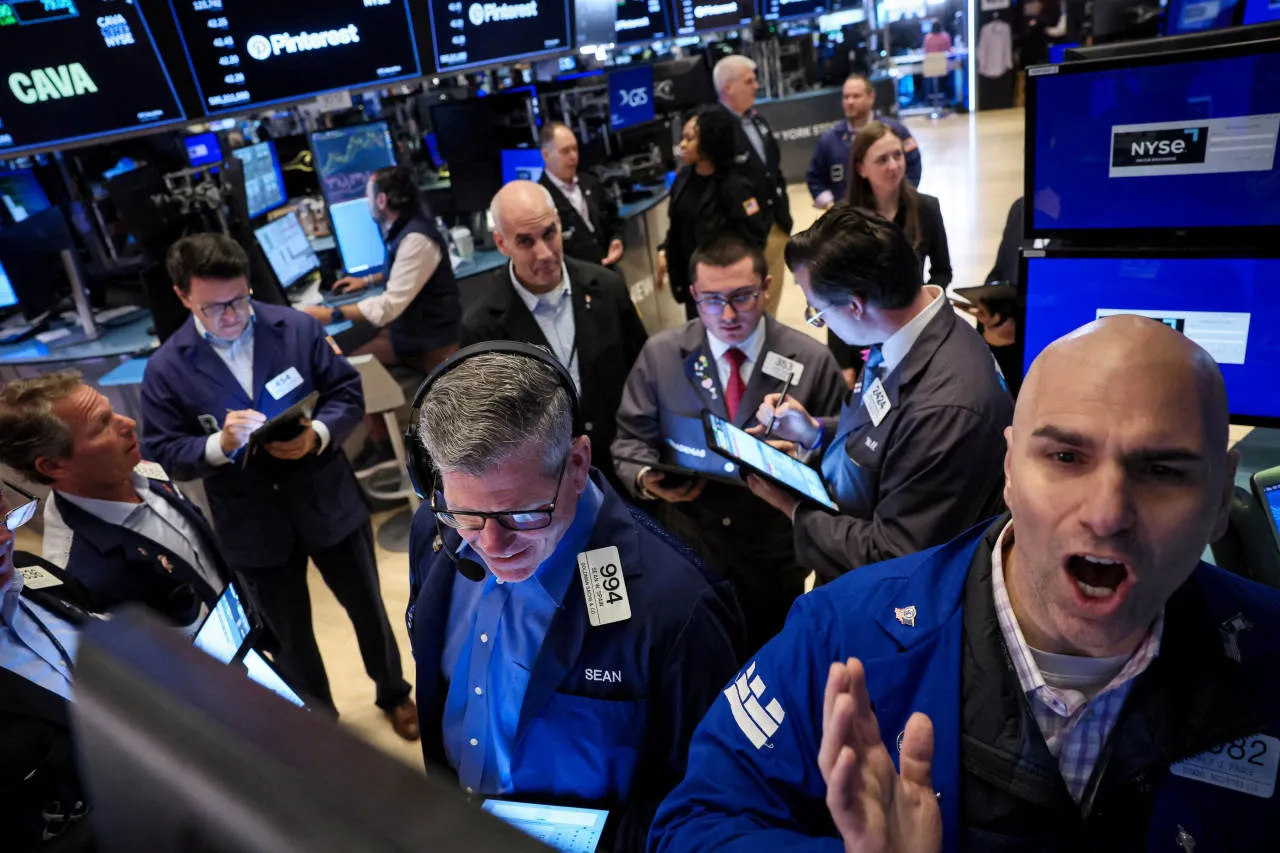Cooling Inflation Strengthens Outlook for Additional Fed Rate Cuts
A delayed but closely watched snapshot of U.S. inflation for September came in weaker than anticipated, offering fresh support for the Federal Reserve to extend its cycle of interest rate cuts beyond next week’s meeting.
According to data released Friday by the Bureau of Labor Statistics (BLS), the core Consumer Price Index (CPI) which excludes volatile food and energy costs rose just 0.2% from August. That marks the slowest monthly gain in three months, with the moderation largely driven by the smallest increase in shelter costs since early 2021.
Amid a government shutdown that has left investors with limited official data, this softer CPI print was a welcome surprise. For Fed officials hesitant to continue easing, it may provide reassurance that inflation is cooling fast enough to allow additional rate cuts.
Markets had already priced in a reduction in borrowing costs at next week’s policy meeting, but traders now see this report as potentially paving the way for another move in December especially if no CPI data is released next month.
Originally scheduled for October 15, the September inflation report was delayed by the shutdown, which began October 1 and halted most BLS operations. The agency temporarily recalled staff to complete the release so the Social Security Administration could finalize its annual cost-of-living adjustment. That adjustment, based on the latest CPI data, will result in a 2.8% increase in benefits next year.
Economists said they weren’t concerned about data quality since the figures were collected before the shutdown began. However, the BLS has been unable to gather new price data since early October, meaning that, for the first time ever, there may be no official inflation report for the upcoming month. “Once funding is restored, BLS will resume normal operations and notify the public of any schedule updates,” the agency said in a statement.
Following the release, the S&P 500 extended gains while Treasury yields and the dollar eased from earlier declines.
Breaking down the report, goods prices excluding food and energy rose at a slower pace in September, weighed down by cheaper used vehicles. Categories exposed to tariffs such as household furnishings and recreational goods recorded modest increases, while apparel prices saw their largest jump in a year.
Service-sector prices, excluding energy, advanced 0.2%, reflecting more moderate gains in airfare. Shelter costs, which had surged earlier in the year, were subdued this time, rising only 0.1% in owners’ equivalent rent an index representing roughly a quarter of the total CPI.
Consumers saw mixed trends in everyday expenses. Grocery inflation eased overall, but certain staples like cereals and nonalcoholic beverages grew more expensive. Gasoline prices climbed, while car insurance costs dropped. Meanwhile, a separate report showed that U.S. consumer sentiment slipped in October to its lowest level in five months, as Americans remained uneasy about persistent price pressures.
While the September data collection predated the shutdown, BLS relied more heavily on statistical estimation to fill in pricing gaps. The share of prices calculated using a method known as “different-cell imputation” climbed to 40% up from 36% in August and the highest share since records began in 2019.
Despite fears that tariffs would deliver a major inflation shock, their impact has so far been more limited than many economists expected. Still, policymakers remain cautious that recent trade duties could keep prices elevated in certain sectors. President Donald Trump’s latest round of tariffs targeting household goods such as furniture and kitchen cabinetry took effect earlier this month, prompting some retailers, including RH, to warn of incoming price hikes.
The Fed’s latest Beige Book survey echoed this uneven impact, noting that while many companies face higher input costs from tariffs, consumers have not felt the full brunt. Procter & Gamble, for instance, expects a relatively small hit from tariffs and commodity costs, while O’Reilly Automotive said it has raised retail prices slightly to offset the burden.
“Up to now, businesses have absorbed most of the tariff-related cost increases by tightening profit margins, but greater price pass-through seems inevitable in the months ahead,” wrote Oliver Allen, senior U.S. economist at Pantheon Macroeconomics.
Separately, the Social Security Administration confirmed that average monthly benefits will rise by $56, reaching $2,071 in January 2026. In another encouraging sign, new data from S&P Global showed U.S. business activity expanding in October at the second-fastest pace of the year evidence that economic momentum remains firm despite policy uncertainty.
All told, the September inflation report reinforces the narrative that price growth is moderating without derailing economic activity. For investors and policymakers alike, it strengthens the case for continued rate cuts as the Fed aims to sustain growth while keeping inflation under control.

Subscribe to our newsletter!
As a leading independent research provider, TradeAlgo keeps you connected from anywhere.








